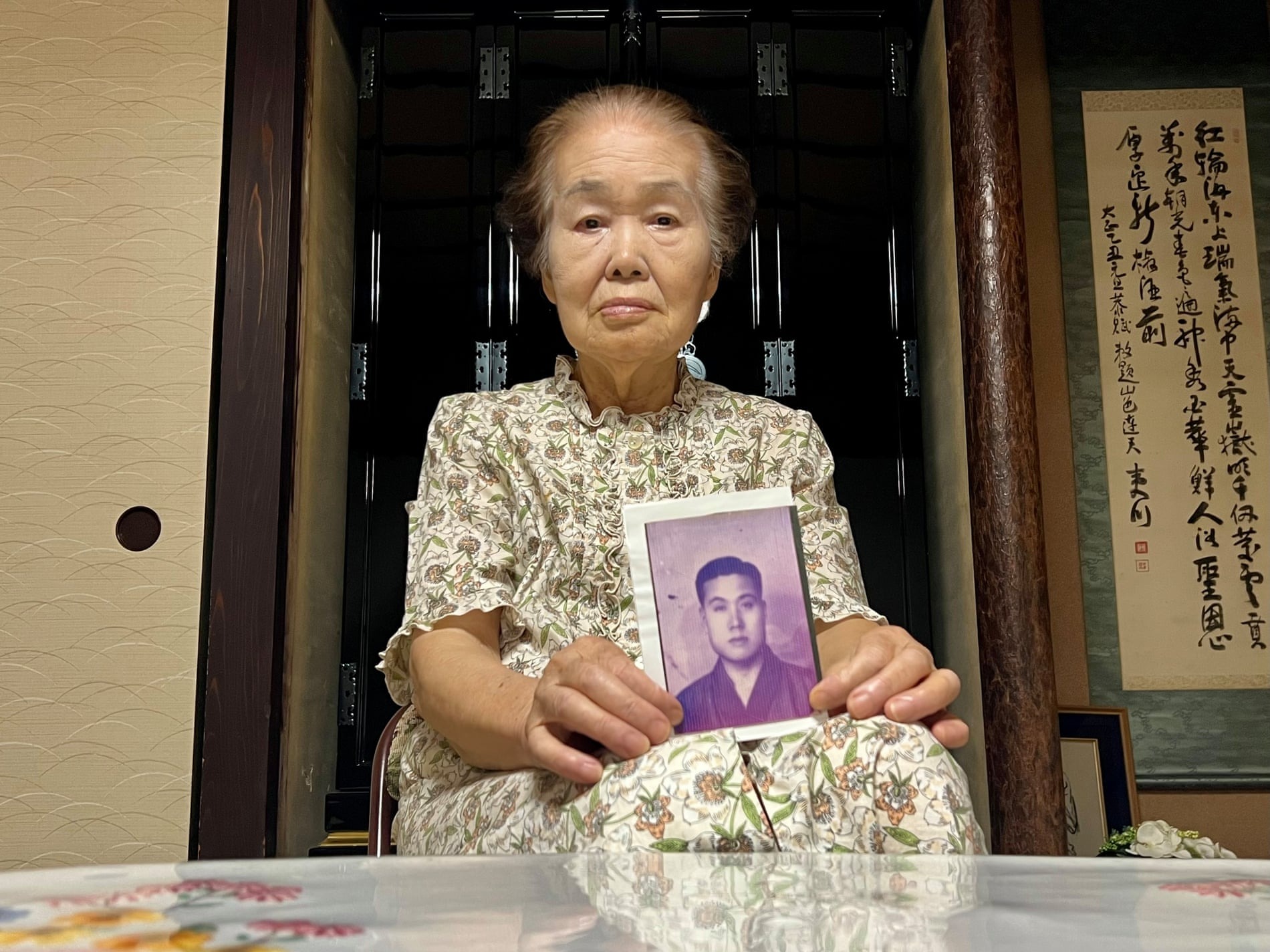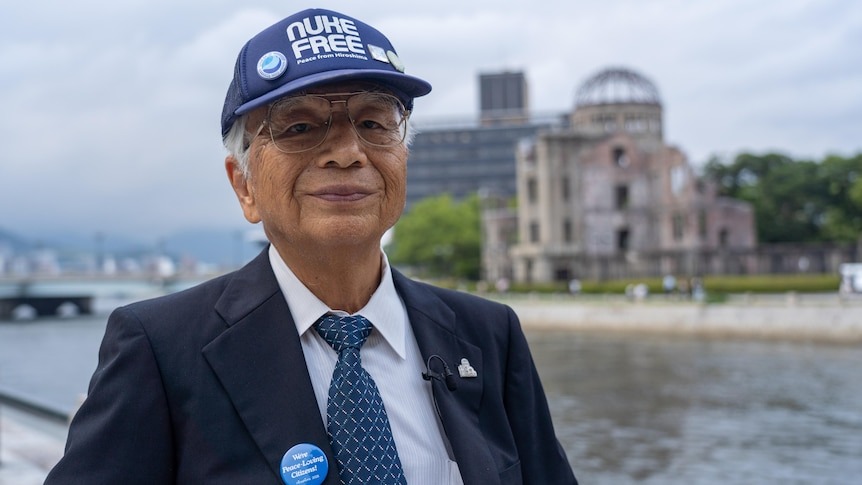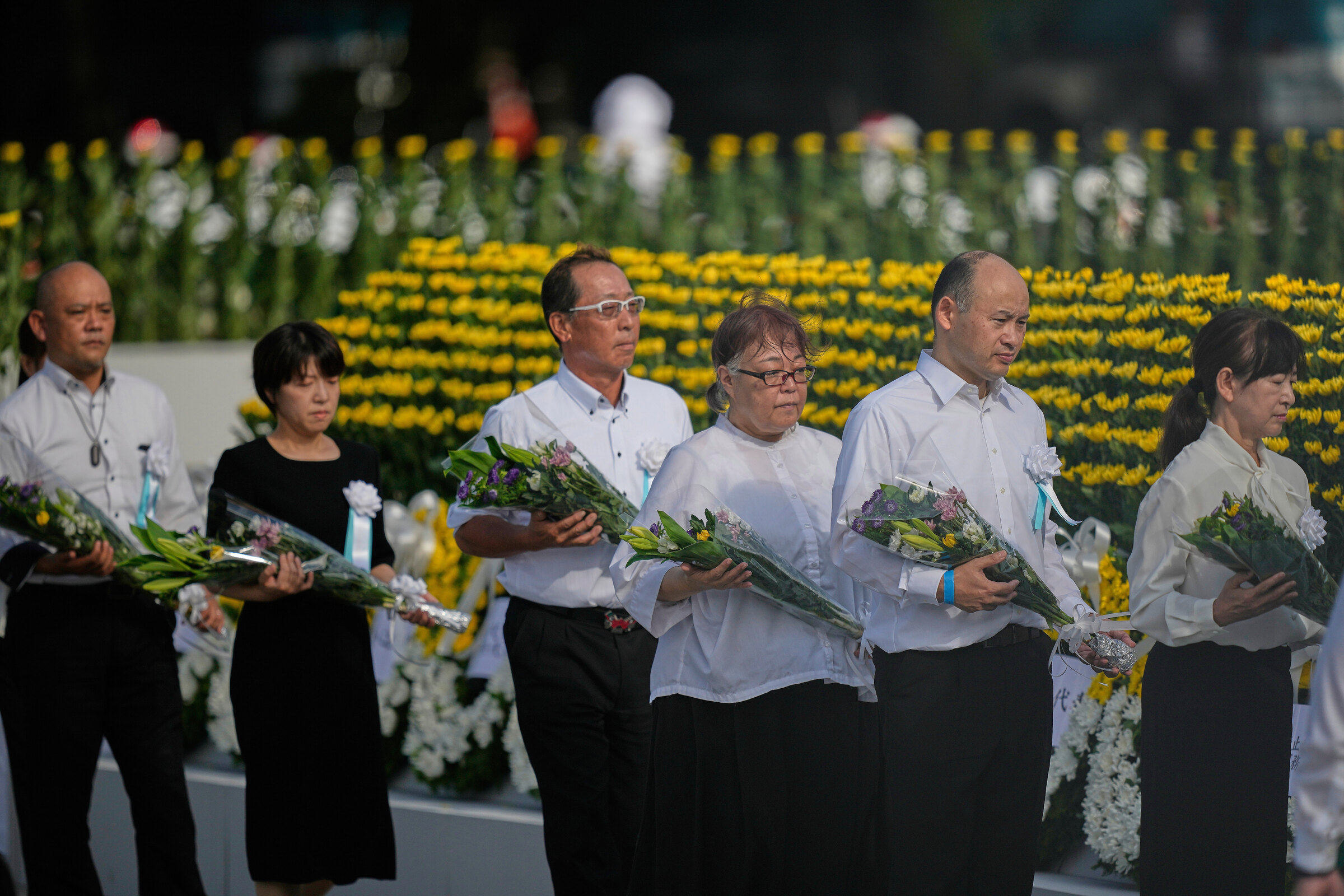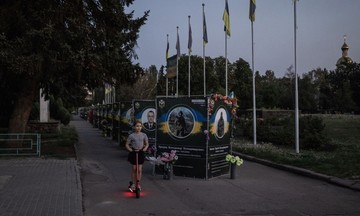On 6/8/1945, the US dropped the atomic bomb "Little Boy" on Hiroshima, Japan. The bomb detonated 600 m above ground, with a force equivalent to 15,000 tons of TNT. Three days later, the US dropped a second bomb, "Fat Man," on Nagasaki.
78,000 of Hiroshima's 350,000 residents and 40,000 of Nagasaki's 240,000 residents perished instantly. On 15/8/1945, Japan announced its surrender and signed the official documents on 2/9, marking the end of World War II.
80 years later, Yoshiko Niiyama vividly remembers Hiroshima when she and her sister went to the city to find their father, who worked at a bank just 1 km from the hypocenter. The Niiyama sisters had been evacuated to Hiroshima's outskirts and knew something was amiss when they saw trucks carrying severely burned victims.
"The city was full of smoke, bodies, and intense heat," recounts 90-year-old Niiyama. "The faces of the survivors were so disfigured that I didn't want to look, but I had to."
Niiyama is among the few remaining hibakusha, survivors of the Hiroshima and Nagasaki atomic bombings, who still have memories of the tragedy. The hibakusha survived the initial blasts but endured lasting health problems and discrimination in a world lacking understanding of nuclear consequences.
 |
Yoshiko Niiyama with a photo of her father. Photo: Guardian |
Yoshiko Niiyama with a photo of her father. Photo: Guardian
The Japanese Ministry of Health, Labor and Welfare began certifying victims of the atomic bombings in 1957 and publishes the number of hibakusha at the end of March each year. The highest number of hibakusha was over 372,000 in 1981, and it has been declining since.
"For a long time, we were forced to remain silent," Michiko, a hibakusha, told PBS.
For decades, Niiyama also didn't speak of her ordeal, not even to her family.
"I didn't want to remember it. Many hibakusha chose silence, knowing they could face discrimination, like not being able to marry or find work. There were rumors that if hibakusha had children, the babies would be deformed," Niiyama explained.
Gradually, however, they began to speak out, sharing their stories. Niiyama opened up when her niece, Kyoko, started asking about her wartime experiences in high school.
"When my children grow up, they will ask what happened to their grandmother," said 35-year-old Kyoko, a reporter for a local newspaper. "It would be shameful if I couldn't answer. That's why I decided to ask my grandmother about the bomb."
Kunihiko Iida was only three years old and at his grandfather's house in Hiroshima when the explosion occurred. Trapped in the rubble, he tried to cry for help but couldn't make a sound.
"I didn't know where anyone was. There was no sound at all," Iida recalled. His grandfather, who was outside, dug through the debris to save him.
"There were people whose clothes were burned off, their skin peeling," Iida recounted. "If they lowered their arms, the pieces of skin would stick together. The next morning, I looked around and saw many were dead."
"Suddenly, it went dark, and I couldn't hear anything. I was trapped under the rubble of Koi Station in Hiroshima and crawled out. I saw something like cotton or clouds," a 93-year-old woman in Hatsukaichi, Hiroshima Prefecture, told Japanese media.
Michiko said the hibakusha share their stories in hopes of promoting a world free of nuclear weapons.
 |
Kunihiko Iida, who was only three years old when the Hiroshima atomic bombing occurred. Photo: ABC |
Kunihiko Iida, who was only three years old when the Hiroshima atomic bombing occurred. Photo: ABC
Their efforts were recognized when Nihon Hidankyo, a network of hibakusha in Japan, received the Nobel Peace Prize in 2024. Nihon Hidankyo, established in 1956, has members in all 47 prefectures of Japan. They are working closely with the hibakusha to protect the lives and rights of these victims.
"The hibakusha bravely recount their stories, reliving traumatic memories, so the world understands what nuclear weapons can do to human beings, why they must be eliminated so no one else has to endure the suffering they have," Melissa Parke, executive director of the International Campaign to Abolish Nuclear Weapons, told the Guardian.
But the hibakusha are running out of time. Figures from the end of March show that Japan now has just over 99,100 hibakusha, with an average age of 86.13. Some hibakusha are no longer able to share their stories as they once did.
"I have so much I want to write, but I'm unable to," an 86-year-old woman in Tokyo had her granddaughter respond to a survey by Japanese media. "I'm sorry I can't help at this important time."
Others place their hopes in future generations, like a 96-year-old man in Miki, Kagawa Prefecture. "Please convey the horrors of the atomic bomb, war, and the value of peace to as many people as possible," he wrote.
 |
People lay flowers at the Hiroshima Peace Memorial Park in Hiroshima, Japan, on 6/8. Photo: AP |
People lay flowers at the Hiroshima Peace Memorial Park in Hiroshima, Japan, on 6/8. Photo: AP
Kyoko, Niiyama's niece, is participating in a "family successor" initiative launched by the local government. This is an effort to record the memories of the hibakusha, ensuring they are not forgotten.
"The anniversary has come again, and I have the opportunity to talk with my grandmother. This is truly a precious time for our family," Kyoko said.
Due to difficulty traveling, Niiyama chose to watch the memorial service for the victims on television and remember her father. His remains have never been found. The only memento Niiyama has is his cup, retrieved from the rubble.
"I don't like August. I often have nightmares as the anniversary approaches. I don't want to think about it, but I can never forget that fateful day. Even so, I feel relieved that I am a hibakusha," Niiyama said.
Nhu Tam (According to PBS, Asahi Shimbun, Guardian)












